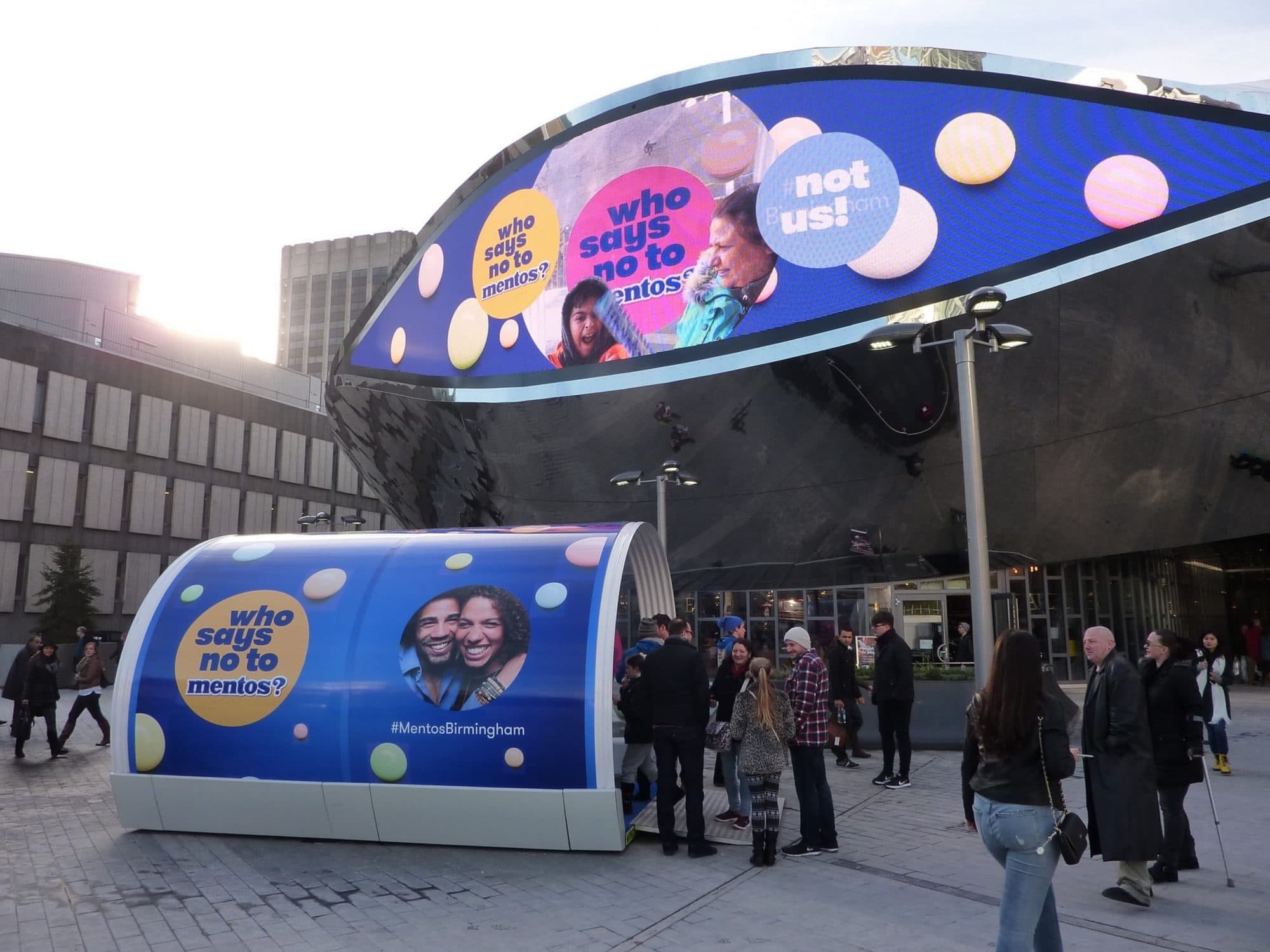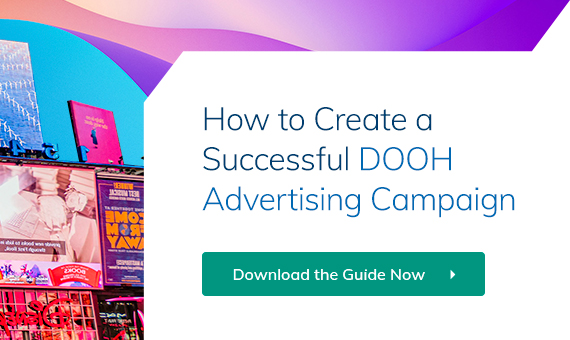As the digital advertising industry continues to evolve, businesses are exploring new ways to reach their target audience and stand out from the crowd. Programmatic Digital Out of Home (pDOOH) advertising is one such example that has emerged as a powerful tool for elevating brands and increasing visibility.
pDOOH refers to the automated buying and selling of digital out of home advertising space, using real-time data to target specific audiences and deliver highly relevant and personalized messages. Unlike traditional DOOH advertising, pDOOH allows advertisers to reach their target audience more effectively and at a lower cost.
How to create a Successful DOOH Advertising Campaign
In the process, differentiating your brand from its competitors is key to success. You want consumers to identify with and connect to your company, which starts with ensuring that your brand embodies the qualities and values most important to you.
This concept is known as brand positioning and contains various elements, including tone and voice, visual design, and how your company represents itself in person and on social media.
Creating A Strong Brand Positioning
To create strong brand positioning, consider what makes your company’s story different from everyone else. What are your fundamental values? What experiences can you offer that customers can’t find anywhere else? Focusing on these items will help you build a brand that stands out in the marketplace, no matter how crowded and improve your ROI.
Here are three examples of how brands were able to create a unique positioning:
HubSpot
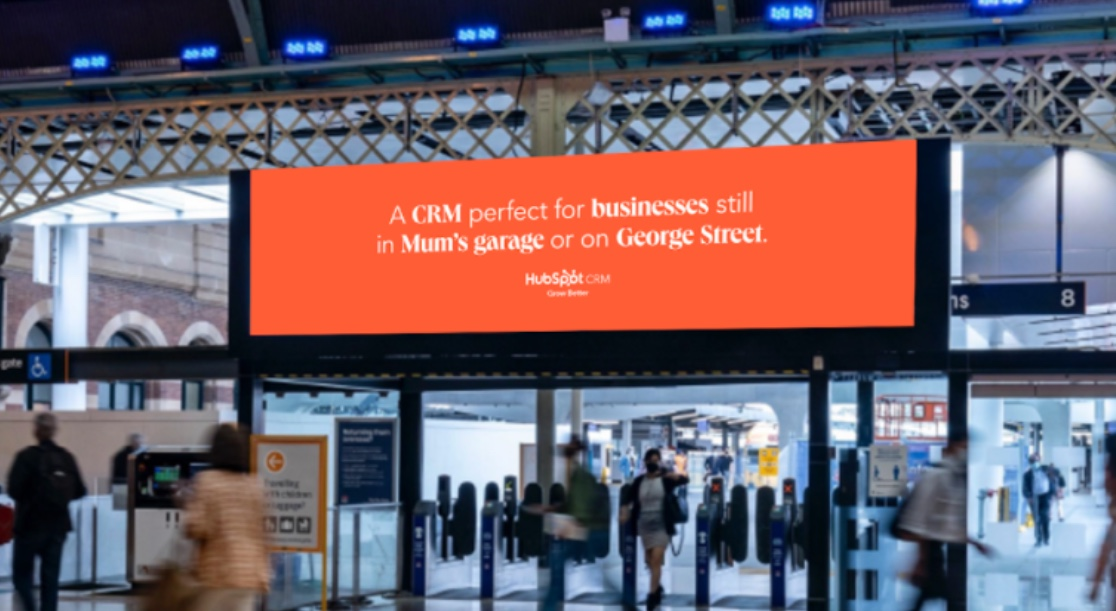
(Image source: campaignbrief.com)
HubSpot coined the term “inbound marketing,” a customer-centric methodology that builds a strong brand and evangelizes customers. The platform was initially designed to help companies attract website visitors, convert leads, close customers, and delight promoters.
They focus their brand around helping companies grow better, which sets them apart from other software companies that just sell a product. HubSpot offers an evergreen brand promise that will always be relevant: we help you grow better.
Tesla
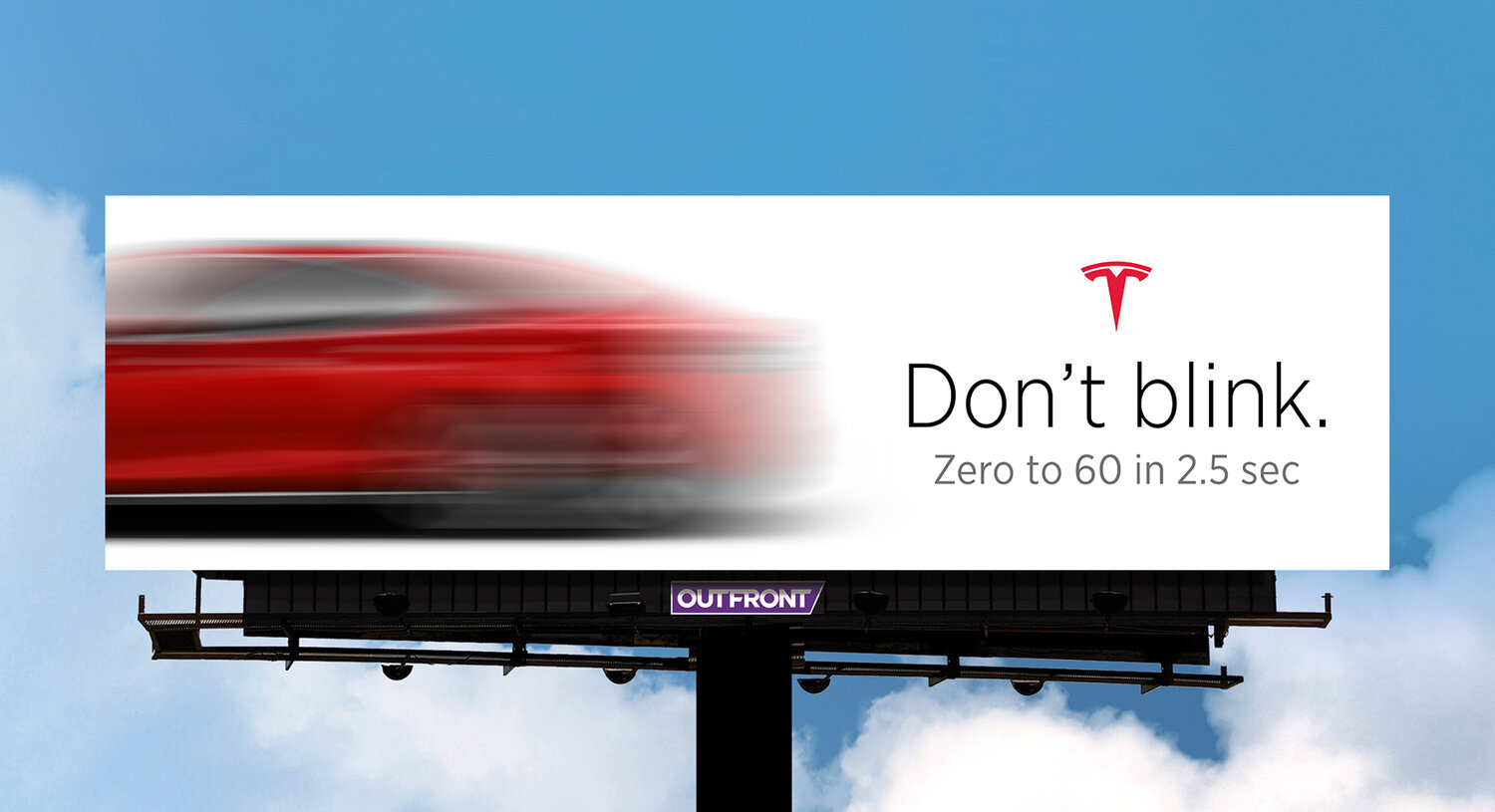
(Image source: andrewkaupang.com)
While many consumers think of Tesla as an automaker, the brand increasingly positions itself as a high-performance energy company with a futuristic outlook. This strategy echoes in every touchpoint they offer, allowing the brand to occupy a “premium” position in each market they enter — with corresponding premium pricing models.
The company’s mission is to “accelerate the world’s transition to sustainable energy,” with values emphasizing environmental benefit, safety, and simply having fun — Tesla’s goal is to make every vehicle as enjoyable as possible, with features like gaming systems and easter eggs.
Southwest Airlines
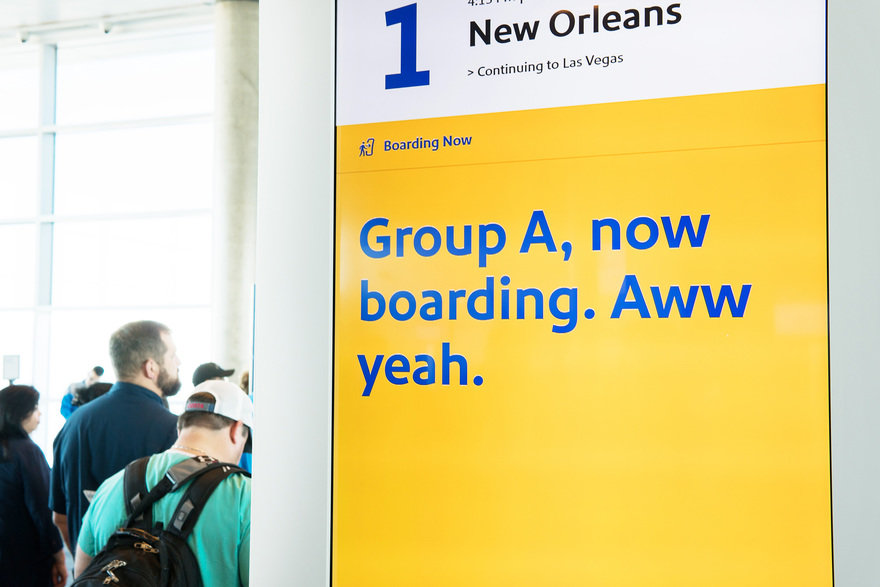
(Image source: designawards.core77.com)
Southwest Airlines is a low-cost carrier that offers flights throughout the US. Known to travelers as the “friendly airline,” Southwest states that its purpose is to “Connect People to what’s important in their lives through friendly, reliable, and low-cost air travel.”
Southwest’s brand is about being a budget-friendly airline without sacrificing quality or customer service. Their focus on their people — both employees and customers — has helped them build a strong brand that is synonymous with good vibes and cheap flights.
How businesses can use programmatic DOOH to elevate their brand positioning:
It’s important to note that successful brand positioning in the world of programmatic DOOH requires careful planning and execution. With pDOOH, campaigns have the added benefits of reaching the right audience with the right message at the right time and here is how.
a. Location-based targeting
One of the key benefits of programmatic DOOH is the ability to target specific locations, such as shopping malls, airports, and train stations. By using real-time data, businesses can reach their target audience when they are most likely to be in the market for their products or services. For example, a fast-food chain could target digital displays located in shopping malls during lunchtime, when people are more likely to be looking for a quick and convenient meal.
By delivering relevant and targeted messages to a captive audience, businesses can increase their chances of making a lasting impression.
b. Demographic targeting
Another advantage of programmatic DOOH is the ability to target specific demographic groups, such as age, gender, income, and interests.
By using data from social media, websites, and mobile devices, businesses can gain insights into their target audience and deliver messages that are relevant and personalized.
A fashion brand for example could target digital displays located in shopping malls and train stations, using data to reach women aged 18-35 who have an interest in fashion and are likely to be in the market for new clothes.
By delivering messages that resonate with this demographic, the fashion brand can build awareness, interest, and ultimately drive sales.
c. Contextual targeting
In addition to location and demographic targeting, programmatic DOOH also allows businesses to target specific contexts, such as weather, time of day, and news events.
By using real-time data, businesses can deliver messages that are relevant and timely, increasing the chances of making a lasting impression. A car manufacturer, for example, could target digital displays located in airports during bad weather, using data to reach travelers who are likely to be looking for a safe and reliable car.
By delivering messages that are relevant to their needs and context, the car manufacturer can build awareness, interest, and ultimately drive sales.
d. Behavioral targeting
Programmatic DOOH allows businesses to target specific behaviors, such as shopping habits, website visits, and mobile app usage. By using data from social media, websites, and mobile devices, businesses can gain insights into the behavior of their target audience and deliver messages that are relevant and personalized.
For example, a sports retailer could target digital displays located in sports stadiums, using data to reach fans who have shown an interest in sports equipment and are likely to be in the market for new gear. By delivering messages that are relevant to their interests and behavior, the sports retailer can build awareness, interest, and ultimately drive sales.
Remember, the impact of brand positioning on marketing is substantial, as it shapes brand awareness, perception, loyalty, market share, customer satisfaction and sales growth. These metrics provide insight into how well a brand is positioned; however, they are not a perfect measure of brand positioning and should be evaluated in the context of the brand’s overall marketing and business strategy.
Get Started with Programmatic DOOH Today
In today’s competitive marketplace, businesses need to stand out and be remembered by their target audience. With the right approach and execution, programmatic DOOH advertising can be a powerful tool for elevating brands and driving business success.
With The Neuron, you can launch your next campaign in minutes and see it live on premium DOOH ad inventory the same day.
Start now!
